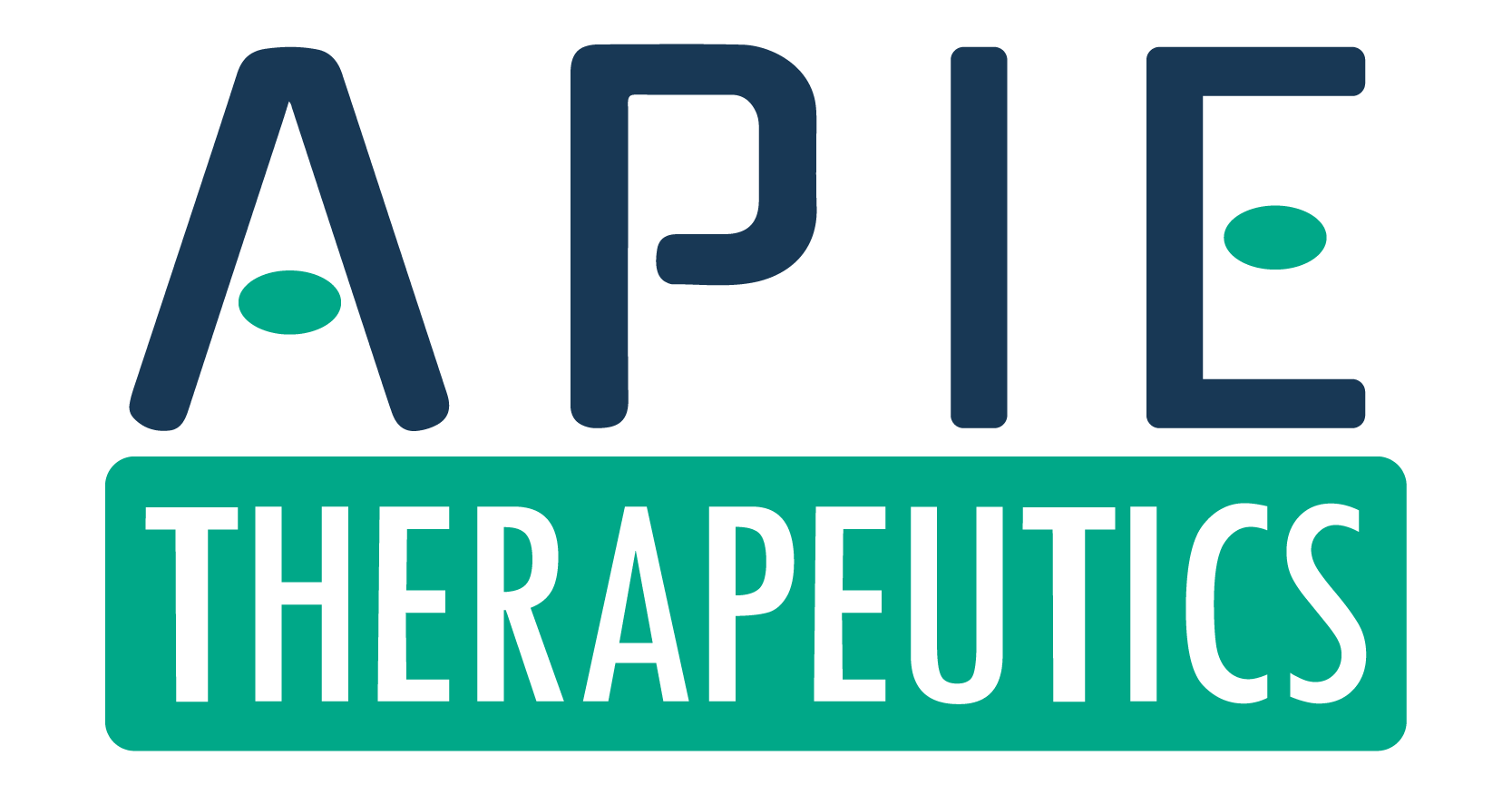Therapeutic Pipeline
Therapeutic Pipeline
APIE’s pipeline of orally delivered drug candidates are designed to trigger resident stem cells to repair and regenerate vascular tissue damaged in chronic diseases. Learn more about this approach in Our Biology.
Initial indications:
Discovery | Preclinical | IND Enabling | ||||||
|---|---|---|---|---|---|---|---|---|
APT-101 | Systemic sclerosis – Interstitial Lung Disease (SSc-ILD) AKA “Scleroderma” | |||||||
Idiopathic Pulmonary Fibrosis | ||||||||
APT-102 | Nephrotic Syndrome | |||||||
Metabolic Syndrome
(Peripheral Arterial Disease – Secondary to Diabetes) | ||||||||
APIE Therapeutics is focusing on reversing “vascular aging” by activating resident stem cells to repair and regenerate damaged tissue
Vascular aging describes structural and functional changes that weaken the walls of blood vessels as we age. Premature vascular aging can occur in people with chronic diseases including scleroderma and pulmonary fibrosis. In people with these and related conditions, the integrity of the microvasculature in lungs, kidney and cardiac tissue can be easily injured. The apelin system, which regulates wound healing, is deficient in these chronic diseases, reducing the body’s ability to repair and regenerate damaged tissue. There are no disease-modifying treatments for these diseases, which are associated with reduced quality of life and high mortality.
APT-101: APIE’s Lead Candidate
Current status: IND-enabling studies underway
Lead indication: Scleroderma
Background: Scaffolds licensed from RTI International
Modifications made to generate over 800 synthetic analogs with varying potency and selectivity
Patent Estate: Several issued patents with broad supported claims
Scleroderma is a disease that affects the skin, lungs, kidneys and heart. There are no available disease-modifying treatments, and current scleroderma treatments are suboptimal. The marginal benefits provided by approved medications are outweighed by their poor safety and tolerability profiles, limiting their use.
An estimated 300,000 people have scleroderma in the United States. Onset of disease typically occurs between 30 and 50 years of age. Depending on the organ systems involved, people with scleroderma can live several decades after diagnosis. However, once the disease involves the lung (termed systemic sclerosis -interstitial lung disease or SS-ILD) life expectancy decreases to 3-5 years.
APT-101 has shown efficacy in preclinical model of SS-ILD.
In a murine model, treatment with APT-101 resulted in a statistically significant (77%) inhibition of fibrosis (measured by collagen production) at 100 and 125 mg/kg APT-101 compared to untreated animals. In the same animal model, APT-101 demonstrated a 51% greater reduction in collagen production than the leading currently approved medication, oral pirfenidone.
APT-101 has high specificity to its target receptor, which is expected to limit off-target side effects. Its oral bioavailability, low cost of goods, and high therapeutic index make APT-101 an attractive candidate. APIE has initiated IND-enabling studies for APT-101.
IP Portfolio
APIE Therapeutics has a strong IP portfolio of several issued patents with broad supported claims covering many variations on the base scaffold including the lead compound of interest. These patents have long patent life remaining (2037 and beyond) and have been filed extensively internationally. The patent portfolio contains several family members with different structural classes and methods of use filed later to provide additional patent protection and term.
-
US10100059B2
Granted 10/16/2018
-
US20190322644A1
Pub. 10/24/2019
-
US20190315693A1
Pub. 10/17/2019

